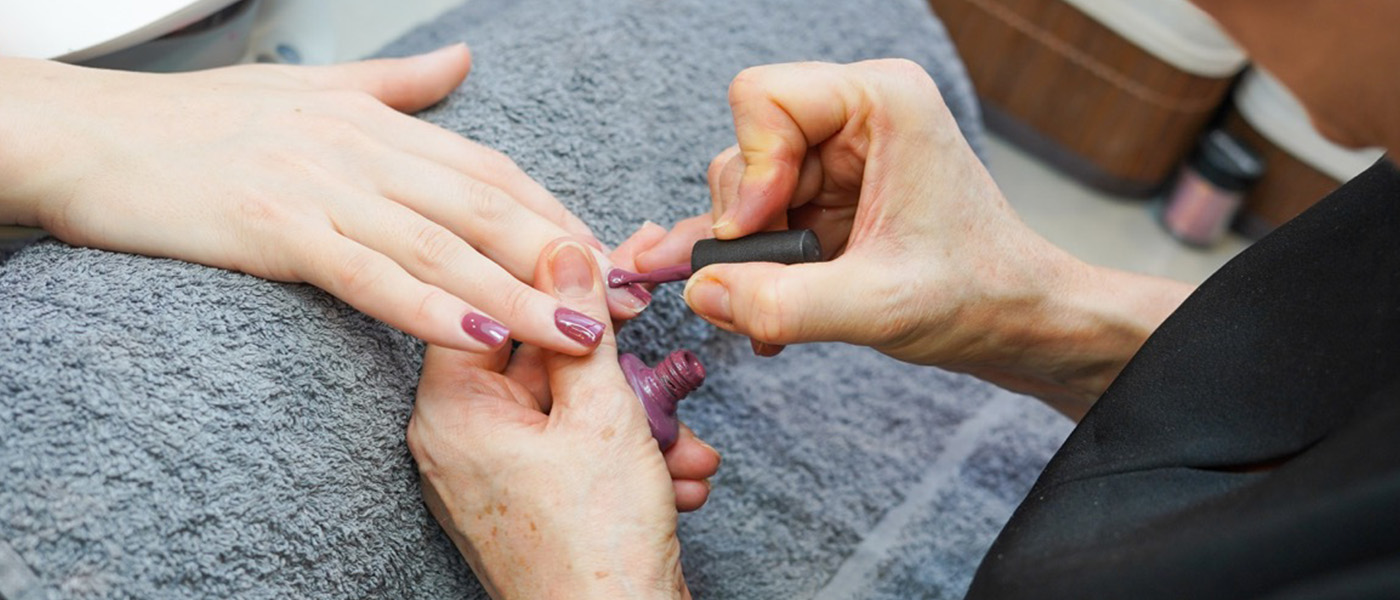In a world where first impressions often determine everything, hands become our invisible business card. And the nail technician? She is the secret architect of this impression, an artist of a miniature canvas, a psychologist, and even somewhat of a healer. But what distinguishes a merely good manicurist from a true master whose work makes clients return again and again? The answer might surprise you: often, it’s… books.
Yes, those very books that seemingly have nothing to do with nail files, gel polishes, and designer tips. Yet they can become that secret ingredient that transforms an ordinary procedure into true art.
Take, for example, the little-known phenomenon of “chromatic adaptation”—our brain’s ability to perceive colors differently depending on lighting and environment. A nail technician familiar with this phenomenon from books on color perception can predict how a client’s chosen shade will look in daylight, office lighting, or candlelight during a romantic dinner. This knowledge transforms an ordinary technician into a true color strategist!
Interestingly, in the professional community, heated debates continue about what’s more important: technical mastery or creativity. Some maintain that perfect nail care is primarily about flawless technique, while others claim that unique design and artistic vision are paramount. Here, the broad outlook that books provide allows a master not simply to choose one side but to find their own balance by integrating both approaches into their work.
Many don’t realize that the concept of “somatic markers” from neuropsychology directly relates to a nail technician’s work. This theory, developed by Antonio Damasio, explains how bodily sensations influence decision-making and emotional states. A manicurist aware of this can transform a nail procedure into genuine sensory therapy, where each touch becomes not just part of a technical process but an element of psychological comfort.
What if we look at nails as a microcosm of modern architecture? Unexpected, right? But such an extraordinary perspective can arise from reading books on contemporary design and urban planning. A nail technician familiar with the principles of Zaha Hadid or Frank Gehry can transfer the flowing lines and unconventional forms of their buildings onto the miniature canvas of nails, creating designs you won’t see anywhere else.
I remember once reading a book about the Japanese philosophy of “wabi-sabi”—accepting imperfection and finding beauty in the understated. It completely revolutionized my approach to nail design! Instead of striving for perfect symmetry and flawless gloss, I began experimenting with matte textures, intentionally imperfect lines, and minimalist accents. Clients were delighted by this fresh approach that distinguished their manicure from the general mass of glossy uniformity.
Many masters don’t know that books on color theory reveal nuances such as the psychological impact of color on shape perception. For instance, warm shades visually bring an object closer, while cool ones push it away. Using this principle, a nail technician can visually correct the shape of the nail plate, making wide nails appear narrower with cool shades along the edges or, conversely, giving volume to thin nails with warm tones in the center.
What if we connect seemingly unconnectable things—quantum physics and nail art? Absurd? Not at all! Heisenberg’s uncertainty principle, stating that it’s impossible to simultaneously precisely determine a particle’s position and momentum, can be creatively reinterpreted in nail design: using pearlescent coatings and holographic elements that change their appearance depending on the viewing angle and lighting. Such a manicure will never be boring, as it constantly reveals new facets of its beauty depending on how it’s viewed!
In contrast to the currently fashionable minimalism, books on art history can inspire the creation of true masterpieces in baroque style—with an abundance of details, golden accents, and complex multilayered constructions. Knowledge of historical styles allows a master to offer clients not just a beautiful design but a genuine time travel experience, where each nail becomes a portal to another era.
In the modern world, oversaturated with visual information, a nail technician who draws inspiration from books has a unique advantage: she can offer something you won’t find in the endless Instagram feed—depth, context, meaningfulness. Her works tell a story that goes beyond simple aesthetics, touching on cultural, philosophical, and even scientific aspects.
And it’s not just about professional skills. Reading develops empathy—the ability to understand others’ emotions and needs. A nail technician with a rich inner world can better “read” clients, anticipate their desires, and find an individual approach to each one. After all, manicure is not only about nails but also about human relationships.
The world of manicure, like the world of books, is limitless. And it’s precisely at the intersection of these two worlds that the most interesting ideas and approaches are born. Each book read is a new palette of possibilities that expands a master’s creative horizons, making their work unique.
So next time you’re looking for a good nail technician, pay attention not only to their portfolio but also to whether there’s a bookshelf in their workspace. Perhaps that’s where the secret to their mastery lies. And if you yourself work in the beauty industry—remember that the most valuable investments in professional development sometimes aren’t found in specialized courses but in the bookstore around the corner. Research shows that regular reading not only broadens your horizons but also stimulates creative thinking, develops attention to detail, and improves communication skills—all key qualities for a successful nail technician. Give yourself a new book today, and tomorrow your clients will notice how your work has transformed!



